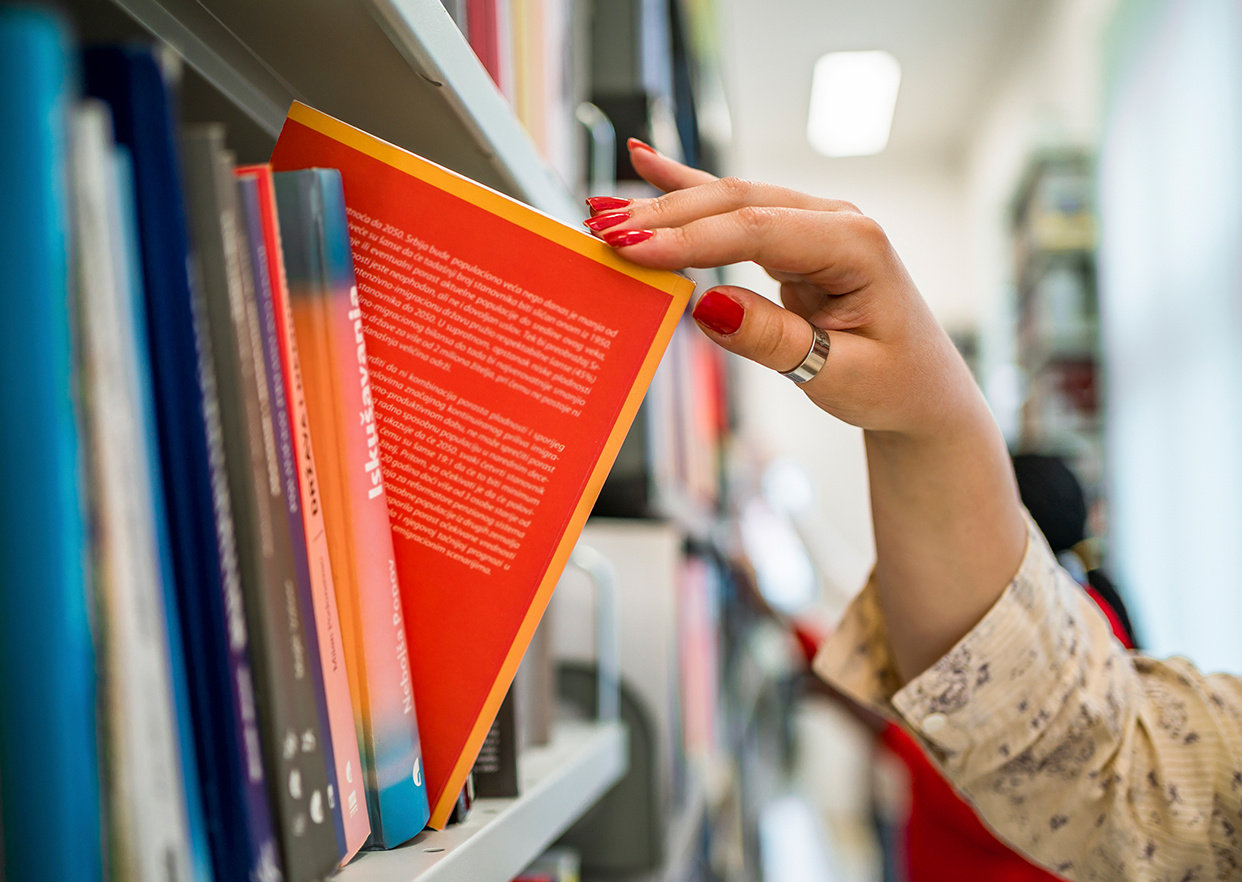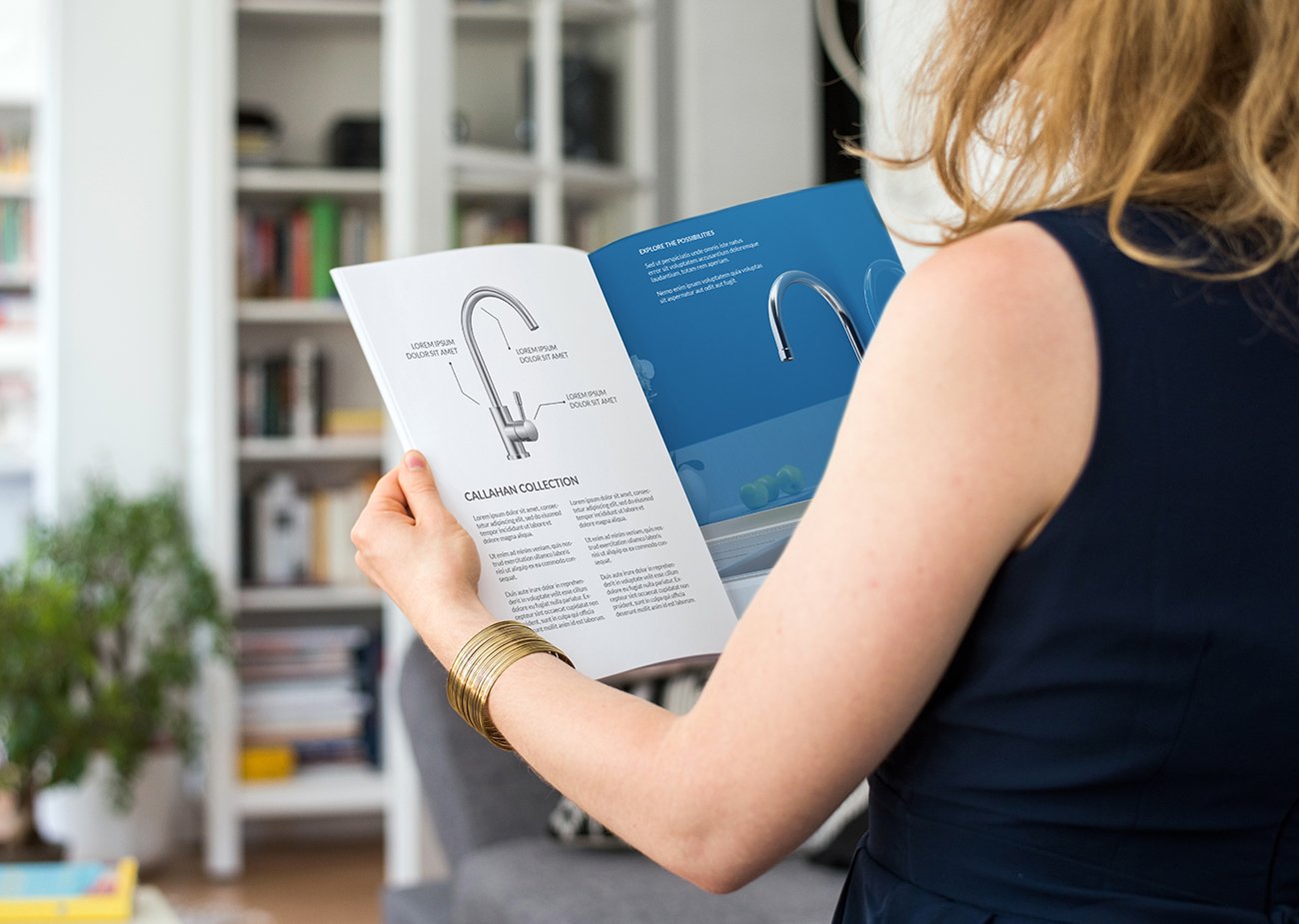You've spent weeks in creative development, endured several rounds of edits on a big project and finally got it approved. Now it's time to go to print.
It's so exciting!
All you need to do is pick the paper for your project, but that's the easy part, right? Not so fast. The materials you choose may have more impact than you realize. Be sure to choose wisely.
The Benefits of Print
Why would you create a hard copy of your work when it's so easy to distribute it digitally? Digital has numerous benefits and in-depth studies show that readers process digital content more quickly.
Participants, however, spent more time with a physical version. When viewing hard copies, participants had a more robust emotional response and remembered the content better. There are other benefits as well:
- Print stimulates the senses.
- People like engaging with physical objects.
- Print is more likely to captivate your audience and create a more memorable experience.
- Print is often easier to read, especially when the information is complex.
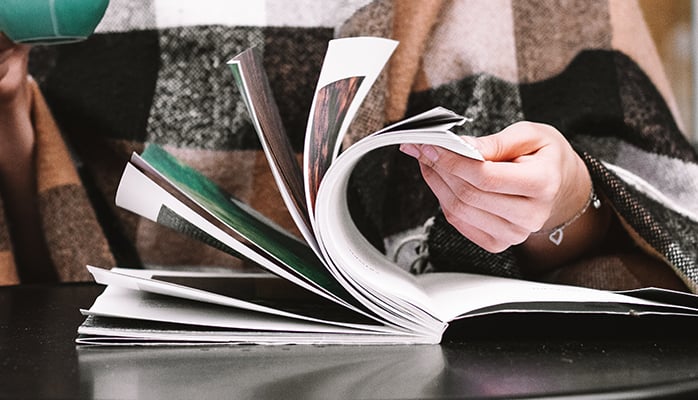
Why Your Paper Choice is Crucial
When was the last time you held an old book? Can you remember the smell and feel of the thin pages? What about the weight of the book and the thickness of the cover?
Did you notice how the typography made a slight indentation in the paper? How did the smell, feel and weight of the book add to your reading experience? In an increasingly digital world, tactile experiences are rarer and can be more impactful.
Think about it; the paper on which you print your project delivers your words to your audience. It will affect how they perceive your project. So when choosing materials for your commercial print project, think about this:
- What's your project's purpose?
- Who's your audience?
- What do you want to achieve with your presentation?
- What's your budget?
- Do you need the finished product to be durable?
- Are there lots of images or just text?
You'll need to choose a paper for your project's cover and a different paper type for the pages. It's best to start thinking about your paper choices early in your project so you have time to think about all the nuances.
What’s Cover Stock?
Cover stock is thick, high-quality paper available coated or uncoated. It comes in weights of 60, 80 and 100 pounds.
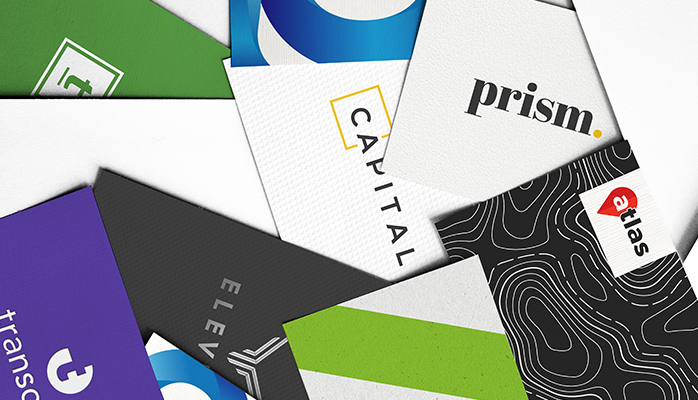
What’s Text Stock?
Text is another high-quality paper that comes coated or uncoated, depending on your application. Text paper is typically sold in weights of 60, 70 or 80 pounds.
Mind the Weight
Paper thickness is measured in points, and a point is equal to one-thousandth of an inch, or .001 inches.
For example, a paper that’s 10pt is 0.010 inches thick.
Papers' weight is measured in pounds, often expressed with # (or hashtag). The higher the number, the heavier the paper.
It makes sense, right?
But wait, did you notice both cover and text papers come in weights of 60 and 80 pounds? Yet they feel entirely different if you hold an 80# pound cover paper and an 80# text paper.
The two papers weigh the same because text paper uses sheets measuring 25 inches by 38 inches, while cover paper uses 20 inches by 26 inches. So 80# text paper and 80# cover paper have the same pound rating, but the cover paper is about twice as heavy as text paper. Keep weight in mind when you’re ordering your stock.
The Cover
The primary difference between cover stock and page stock is the weight.
Weight is equated with thickness. Text paper is easier to fold, while the cover paper is more rigid and must be scored before you can fold it properly.
You'll want to choose a heavier stock that will protect your printed project and offer durability. Chances are, you've decided to go to press so your recipients can keep the document and use it. You want it to last.
You can also use texture, images and copy to add interest to your project's cover and give your readers an at-a-glance view of what your project contains.
The Pages
Your project’s pages serve a different purpose. They’ll make up the bulk of your piece. Since page stock comes in various colors, textures and weights, what you choose will make an enormous impact on how your project looks and feels when it’s printed. And your choice will affect your budget, so remember to keep that in mind when you make your choice.
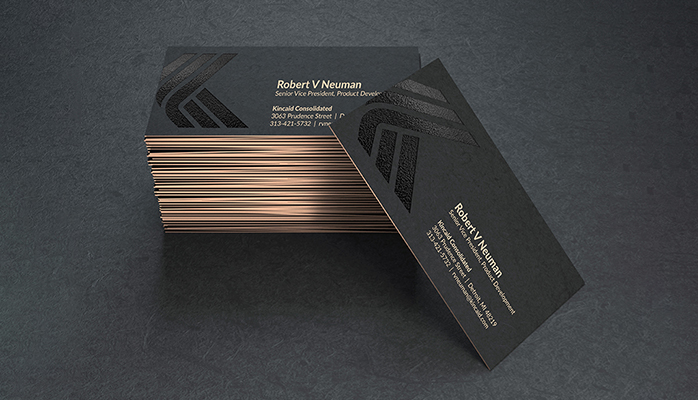
Final Tips
- If you’re going to incorporate die-cutting, foil stamping or embossing, choose a thicker paper.
- If you're mailing your project, check USPS regulations to ensure it meets thickness requirements for the final folded size.
- Paper stock impacts the final weight of a mailed piece, so keep that in mind when you plan your budget.
- Eco-friendly paper options, like recycled and sustainable alternatives, are available if your company and brand value eco-friendly options.




.jpg)
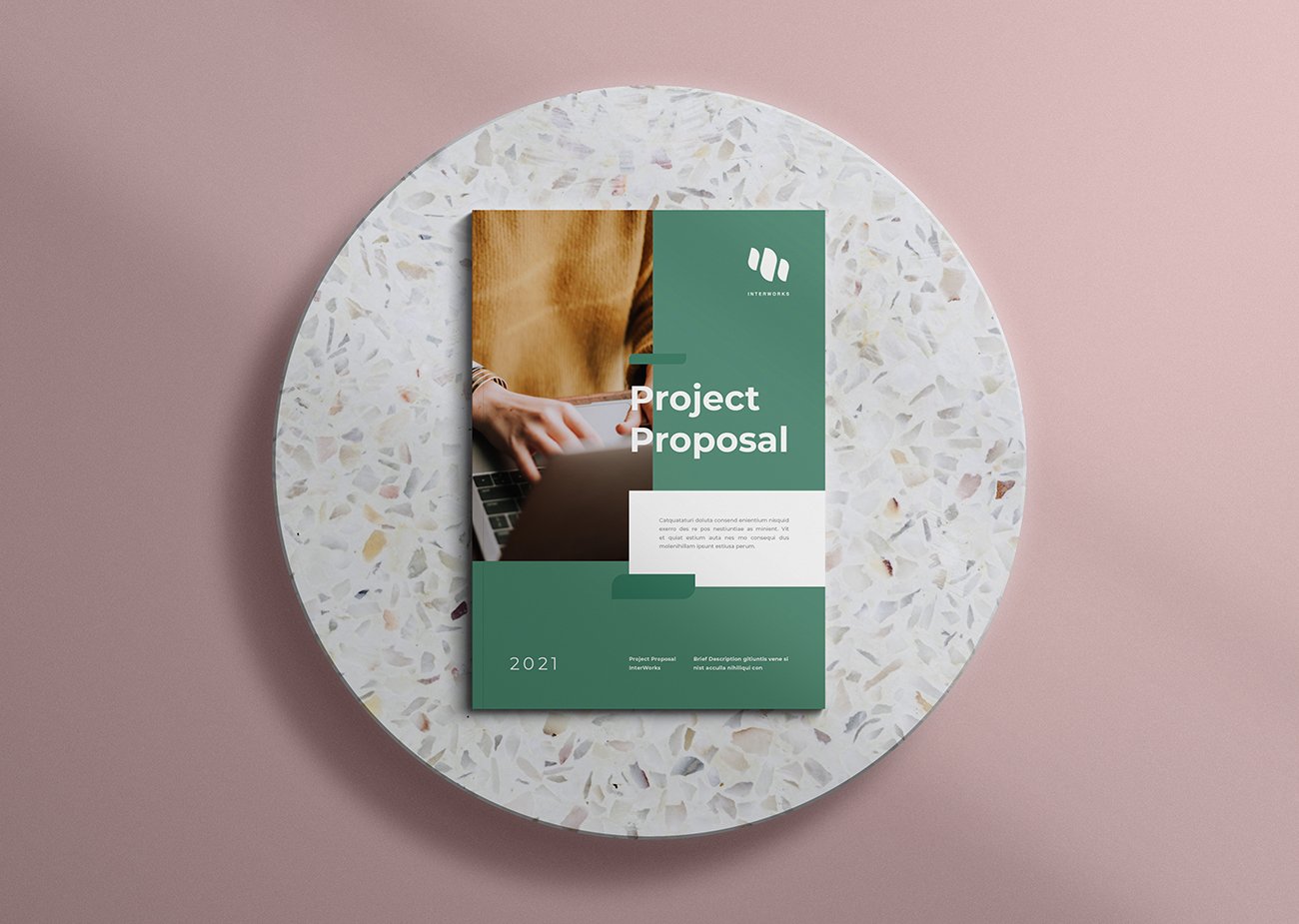
.jpg)
